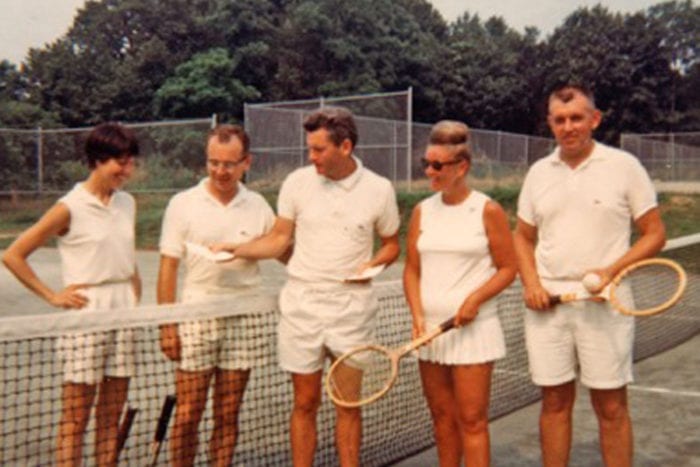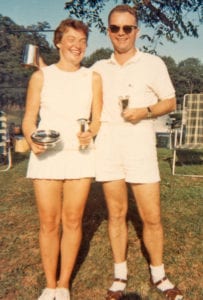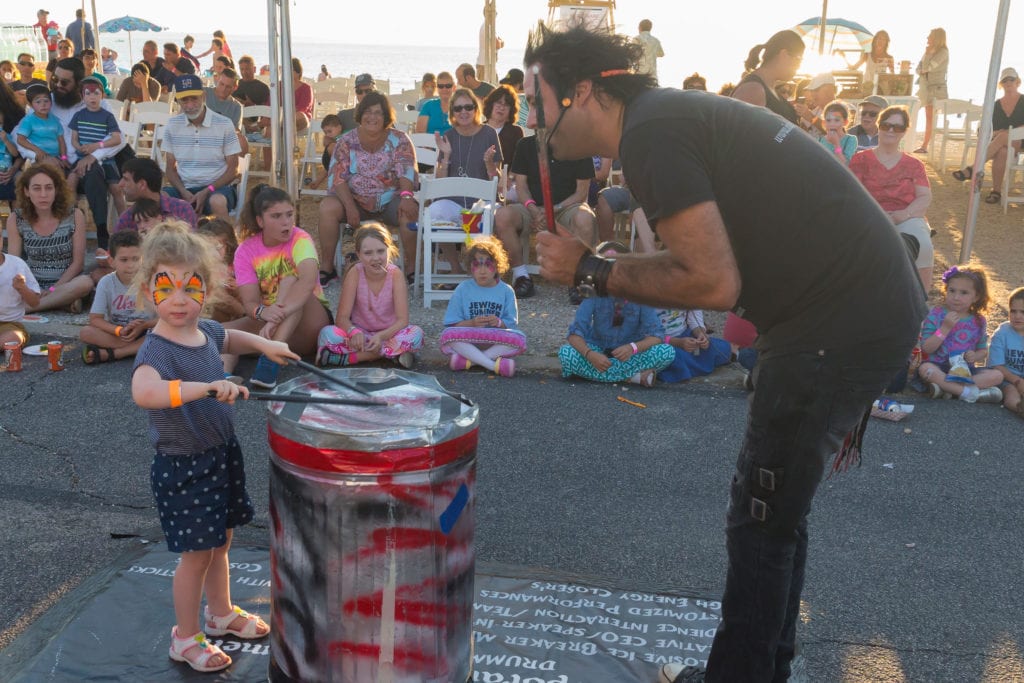By Kevin Redding
As summer winds down, the Halloween season sets in and nobody kicks off the spookiest time of the year better than the folks over at the Cinema Arts Centre in Huntington. In collaboration with Retro Picture Show for the second year in a row, the theater unleashes its 13th annual “Pay To Get Out” Horror Movie Marathon to the masses on Saturday, Aug. 26, starting at 10 p.m.
For 12 hours, moviegoers will be treated to a blood-splattered serving of six horror films, ranging from the popular to the forgotten and spanning the ’70s, ’80s and ’90s, all shown in glorious 35mm.

The night’s lineup includes everybody’s favorite killer doll in “Child’s Play 2” (1990); Stephen King’s “Pet Sematary” (1989); horror legend John Carpenter’s overlooked “Prince of Darkness” (1987), celebrating its 30th anniversary; “Blackenstein” (1973), the blaxploitation sendup of Mary Shelley’s classic tale; the once-X-rated “I Drink Your Blood” (1971); and Grindhouse Releasing’s “Trailer Apocalypse,” a feature-length compilation of creepy and nauseating trailers sure to thrill each and every horror lover in the crowd.
Plus, as is tradition, there will be a bonus mystery film that won’t be revealed to the audience until it starts.
The idea is that each film will get increasingly more and more deranged as the marathon goes on — an endurance test of which Jigsaw would surely approve — until those in the audience who have “survived” the experience emerge from the theater the next morning. Anyone who does will receive $10 back on their ticket and a free breakfast of bagels and coffee in the Sky Room Cafe after the final feature.

In typical Retro Picture Show fashion, five raffle winners will be announced at the top of the evening, with prizes including an official “I Drink Your Blood” collectible toy to coincide with its Blu-ray release, a brand new “Blackenstein” Blu-ray, the vinyl soundtrack of “Pet Sematary” and a CD soundtrack of “Prince of Darkness.”
“It’s a special year for us because 13, in horror movie terms, is a moment to celebrate,” said Raj Tawney, director of publicity and promotions for Cinema Arts Centre. “I always encourage everybody to give it a shot but I think you have to be a horror movie fan to sit through these kinds of films. Anybody else wouldn’t really appreciate the artistry these films have to offer.”
Tawney said the horror movie loyalists who come to the marathon year after year are among the most passionate audience members ever.
“Those that come out are such big fans, we always get a packed house,” he said. “They bring pillows and blankets from home to get themselves comfortable all night and many do make it through the entire event. People have a great time.”
Returning as curator of the marathon is Retro Picture Show, a Long Island-based revival screening series focused primarily on horror, sci-fi and exploitation films. Run by husband and wife team Michael and Nina Ciani, the company hosts monthly series at the theater, most recently a special “Sleepaway Camp” triple feature last month that included a special guest appearance by actress Felissa Rose. Back in May, Retro Picture Show launched its online store and will be selling event T-shirts and posters during the marathon.
“I’m excited for the entire lineup [this year],” Michael Ciani, who curates all the company’s programs, said. “Curating the lineup is probably my favorite part, then announcing it and seeing everyone’s reaction. It takes hours of dedication over the course of a few months, many factors are taken into consideration … it’s definitely not a simple process.”

Among the movies Ciani’s most looking forward to screening with the crowd are “Blackenstein” and “I Drink Your Blood,” by far the least known and strangest entries of the night. “[They’ll] give the evening a nice exploitation and grindhouse feel,” he said. “These movies are crazy and perfect for an all-night marathon. Dozing off in your seat and waking up to the insane sights and sounds of ‘Blackenstein.’ That’s what it’s all about.”
Although the marathon has had a handful of different curators since it began, Tawney said Ciani brings a special touch to the event.
“He puts so much passion and thought into the movies that he’s showing and kind of takes you on this roller coaster ride throughout the evening,” Tawney said. “So much effort is put into his design and artwork and into the culture he’s cultivating through these screenings. He’s really developing a brand here and we’re really happy to be part of that experience. We’re kind of giving Retro Picture Show the forum to experiment and develop their film exhibition.”
And to also scare the living daylights out of people.
The Cinema Arts Centre is located at 423 Park Ave. in Huntington. Tickets for the 13th annual Pay to Get Out Horror Movie Marathon are $45 per person, $40 for Cinema Arts Centre members. To order call 631-423-7610 or visit www.cinemaartscentre.org. For more information on upcoming Retro Picture Show events, including its 2017 Halloween Horrorthon, visit www.retropictureshow.com.



















